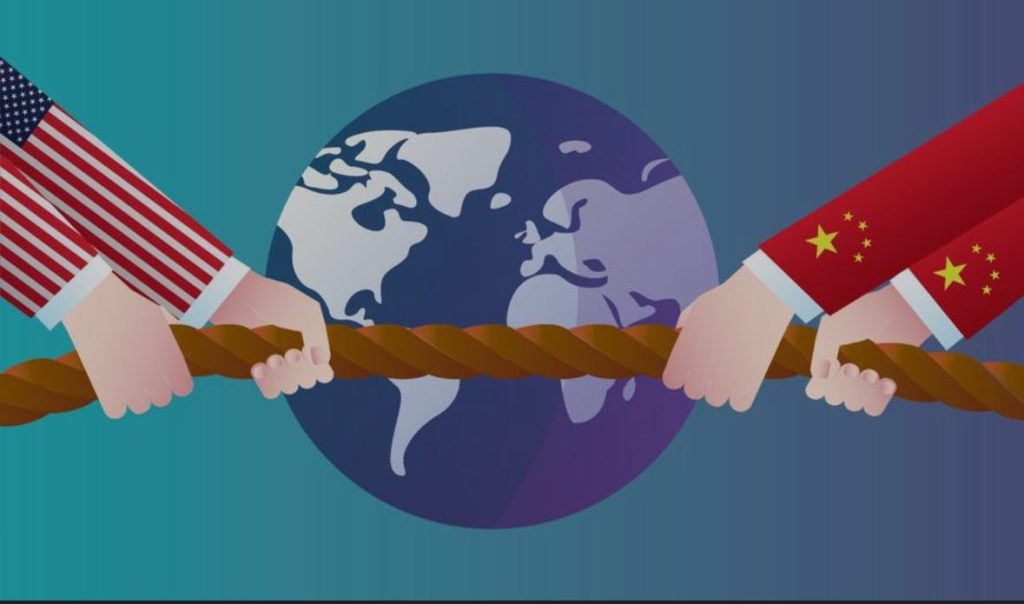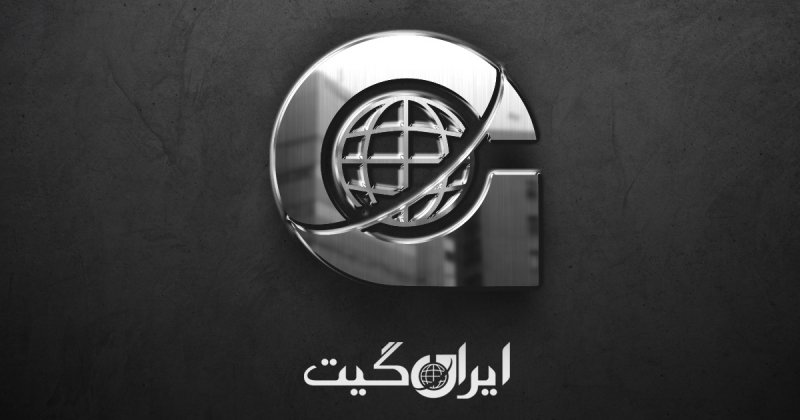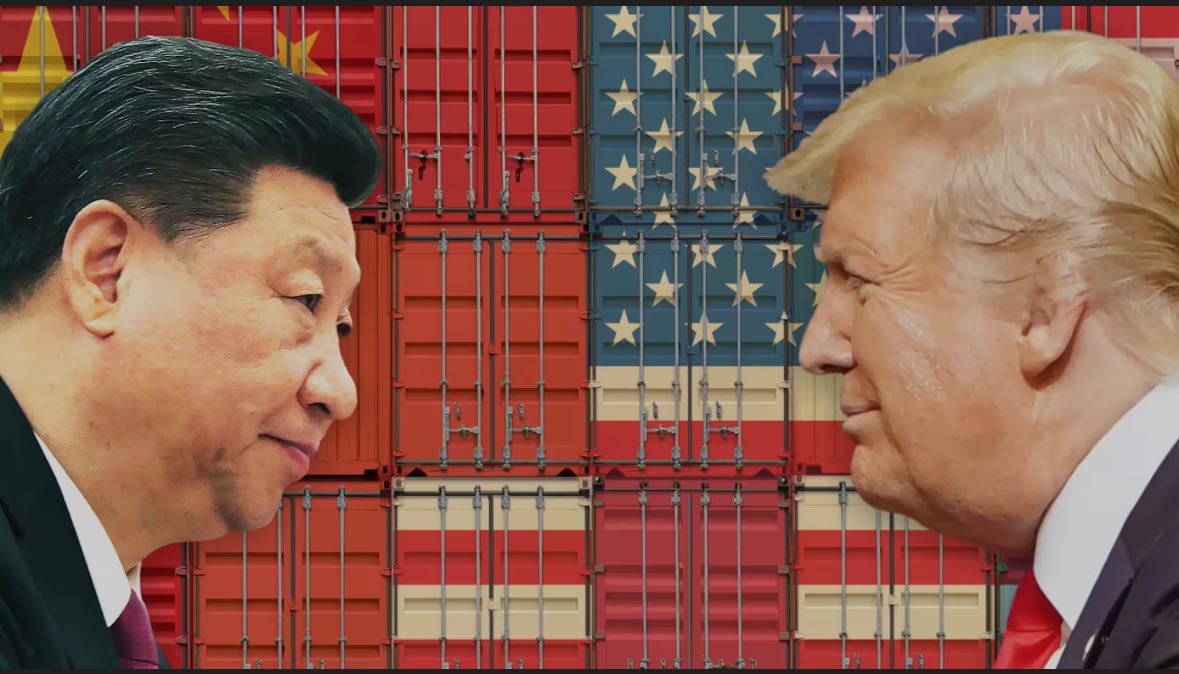The Middle East: The Hidden Battlefield Between China and the USA
According to Irangate News Agency, the rapid developments in the Middle East over the past two years, which have transformed the region’s traditional political and security equations, are directly linked to the process of redefining the global order and the intensifying competition between the United States and China.
Analyses indicate that behind the ongoing crises in the Middle East and Latin America lies the economic and geopolitical logic stemming from the efforts of major powers to secure their position in the future international order—an order in which the USA seeks to maintain the supremacy of a unipolar system, while China is laying the groundwork for a new multipolar structure.
The Link Between Middle Eastern Developments and the Redefinition of the International Order
The ongoing developments in the Middle East, which in the past two years have significantly impacted all political, security, and traditional regional orders, cannot be fully understood without considering the future outlook of the international order, and interpreting them separately presents an incomplete picture of reality.
According to the author, one of the main factors accelerating regional developments in the Middle East is the hastening process of redefining the global order.
The economic war between the United States and China, which became more tangible and tense during Donald Trump’s presidency, is a sign of fundamental changes in the drivers of global order formation.
In this context, Chinese President Xi Jinping has also emphasized the necessity of redefining normative elements and redesigning the structural order of the international system from a Chinese perspective—a policy pursued as a grand strategy during the leadership of the fifth generation of the Communist Party of China and within an official agenda.

From this perspective, any confrontation by the USA with China aimed at preventing its rise in the international system requires insulating the American economy from fluctuations resulting from such competition.
As a result, the United States is compelled to adopt preventive and sustainable policies regarding vital areas such as energy, which is one of the main pillars of its economy and industry.
Security developments in the Middle East through regional actions and conflicts can also be analyzed within this framework. In this view, initiatives like the Abraham Accords or the Deal of the Century, as well as US support for its regional allies, including Israel, are part of Washington’s grand strategy to ensure the continued flow of energy and maintain global consumer markets.
Based on this logic, managing or containing crises in the Middle East can be seen as part of the United States’ efforts to prepare its economy to face pressures arising from economic competition with China.
Similar developments in Latin America, including the political situation in Venezuela, can also be explained within this framework. Some analyses view these movements not merely as efforts to combat organized crime but as actions aimed at ensuring energy security and reducing America’s vulnerability to global oil supply disruptions.
As long as the United States does not ensure continued stable access to energy resources in the Middle East or in closer regions like Venezuela, entering into intense commercial competition with China could have negative consequences for the country’s economic standing.
American policymakers are well aware that if they do not create obstacles to China’s growing power, the existing international order will undergo major changes, and the USA might be forced to accept a role-sharing arrangement with China.
Thus, it can be said that the United States and China are competing to define the future global order—an order in which the USA seeks to preserve the existing rule-based framework, while China aims to establish a multipolar and alternative order. In this competition, regions with strategic resources or specific geopolitical positions, including the Middle East and Latin America, have become main centers of conflict.
1. The Role of the Middle East: Energy, Security, and the Position of the Dollar
The Middle East remains one of the main axes of the global oil market. The level of influence any country has in this region can impact global energy prices and security.
For the United States, control over this region means ensuring a stable flow of oil to its domestic industries and preventing competitors from affecting the global economy. Moreover, dominance over the Middle Eastern energy market helps maintain the dollar’s position as the primary currency in oil transactions.
In contrast, China, now the world’s largest oil importer, has a high dependency on energy resources from the Persian Gulf. If American control over this region continues, one of the vital arteries of China’s economy will be subject to Washington’s influence.
Therefore, Beijing is striving to diversify its energy sources and expand strategic relations with key regional players like Iran, Saudi Arabia, and the United Arab Emirates to reduce its dependency.
2. The Role of Venezuela: Energy Resources, Geopolitical Influence, and Ideological Competition
Venezuela, possessing the largest proven oil reserves in the world, holds significant status in energy equations. Controlling or limiting competitors’ access to these resources, especially China and Russia, is considered a strategic tool for the United States.
Washington’s maximum pressure policy against the government of Nicolás Maduro, in addition to political goals, includes motivations to limit China’s and Russia’s influence in the Latin American region. In contrast, Beijing is trying to solidify its position in America’s traditional backyard through large investments in Venezuela.
These supports are also interpreted as a challenge to the Monroe Doctrine and a sign of presenting an alternative governance model against the Western model.
Overall Conflict Perspective and Its Multifaceted Dimensions
The conflicts in the Middle East and Latin America can be seen as part of the broader geopolitical and economic competition between the United States and China. In this framework, several key points are noteworthy: 1. Resource Allocation and Focus: The United States is forced to divide its diplomatic, economic, and military resources among multiple fronts, including Asia-Pacific, the Middle East, and Europe. Any new conflict can reduce Washington’s focus on China. 2. Testing Power Tools: These crises provide a ground to assess the effectiveness of power tools. The USA utilizes financial sanctions, while China seeks to develop independent financial mechanisms to neutralize their effects. 3. Institutional and Coalition Competition: The USA continues to operate through traditional alliances like NATO, while China, with initiatives like the Belt and Road and groups like BRICS, seeks to expand its influence networks.
In general, the ongoing crises and conflicts in the Middle East and Latin America reflect the structural competition between the two major economic powers of the world, the United States and China. This competition is about determining the role each will play in shaping the 21st-century order.
In the meantime, the role of independent and regional players can be effective in moderating the effects of this competition. Countries like the Islamic Republic of Iran, emphasizing a resistance approach and supporting the political independence of regional nations, are trying to create a more balanced and regional order. However, the continuation of conflicts and ongoing regional crises can pose serious challenges to these efforts and lead to the expansion of instability.

